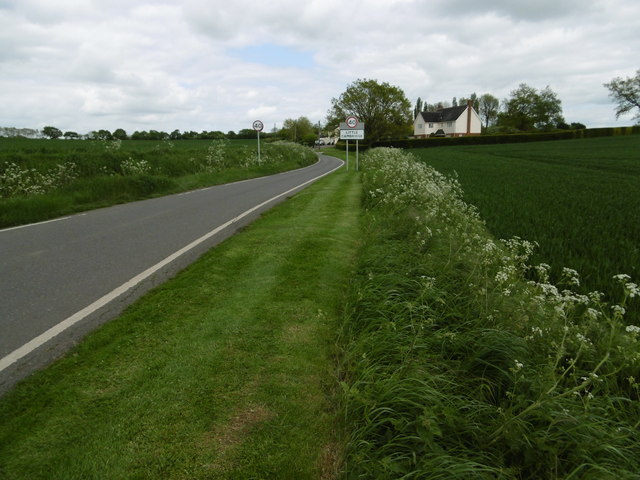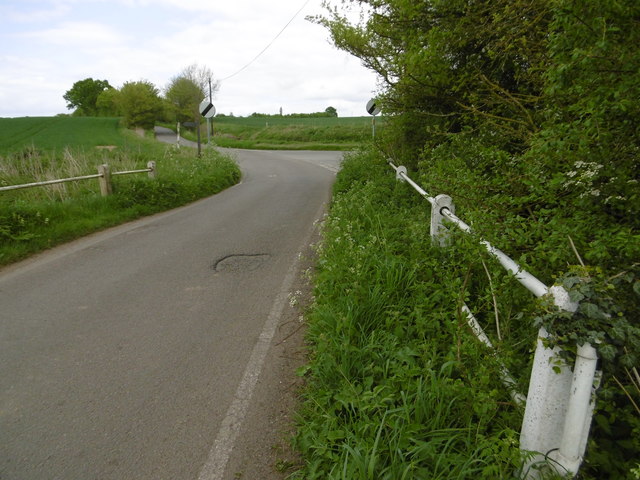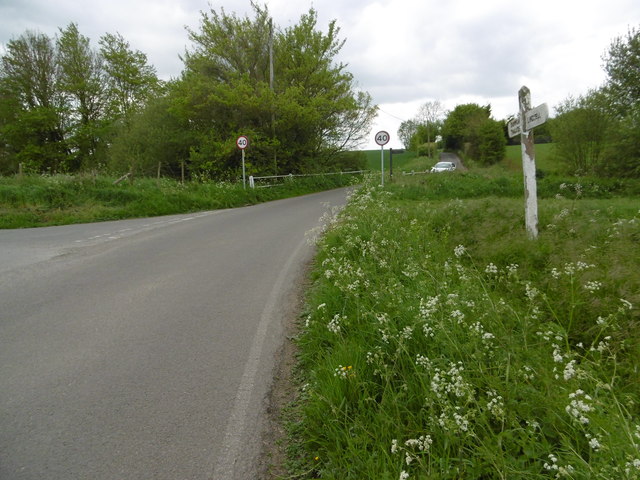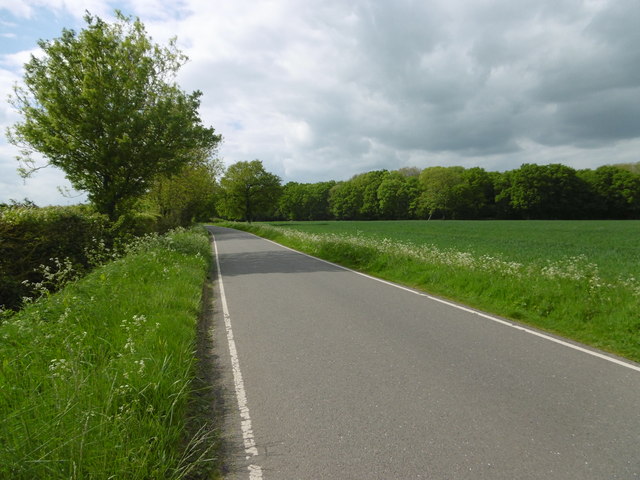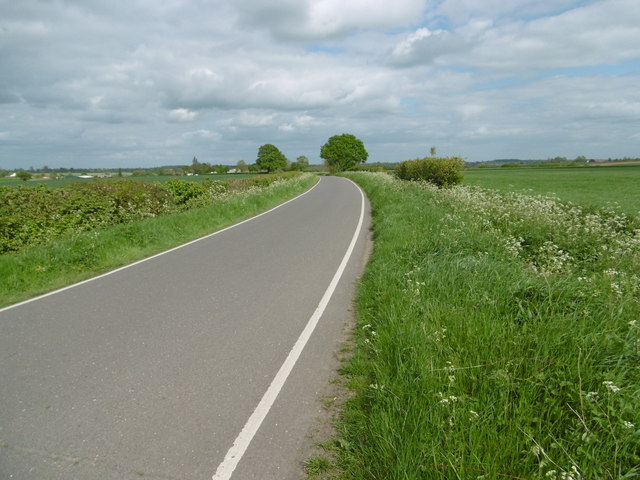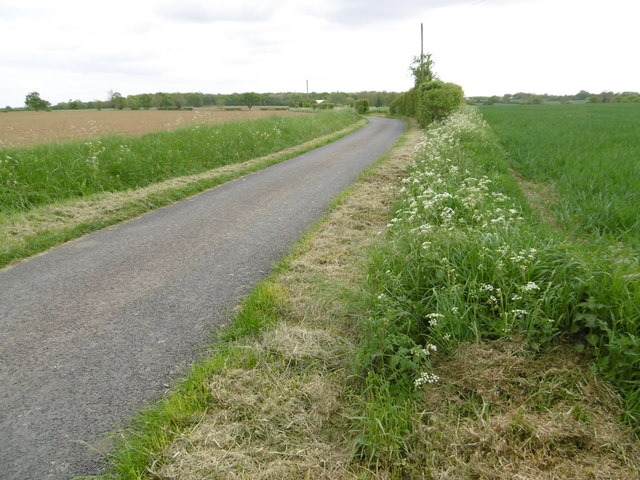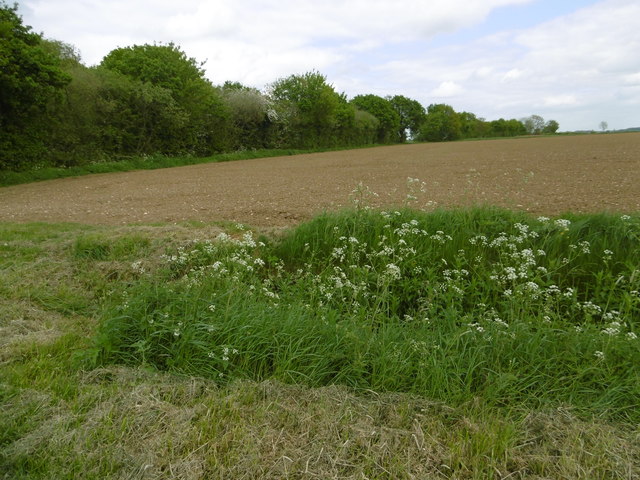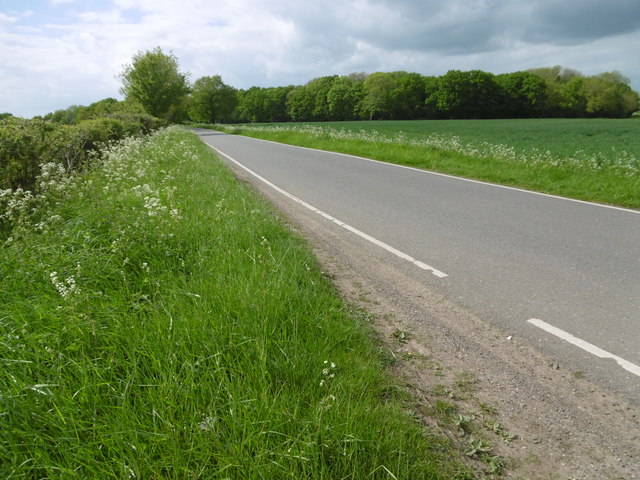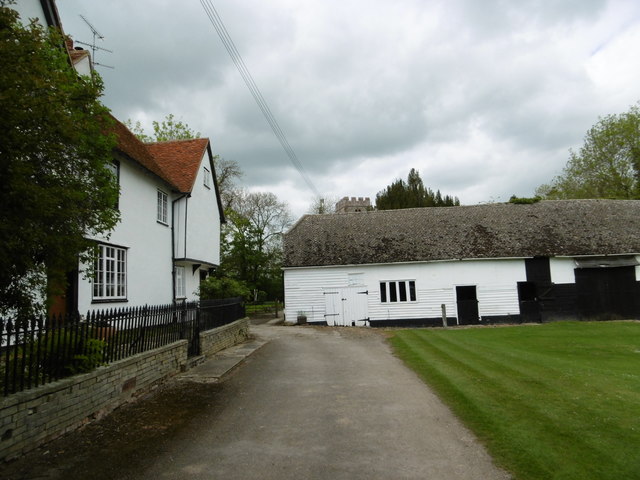Gallows Wood
Wood, Forest in Essex Uttlesford
England
Gallows Wood
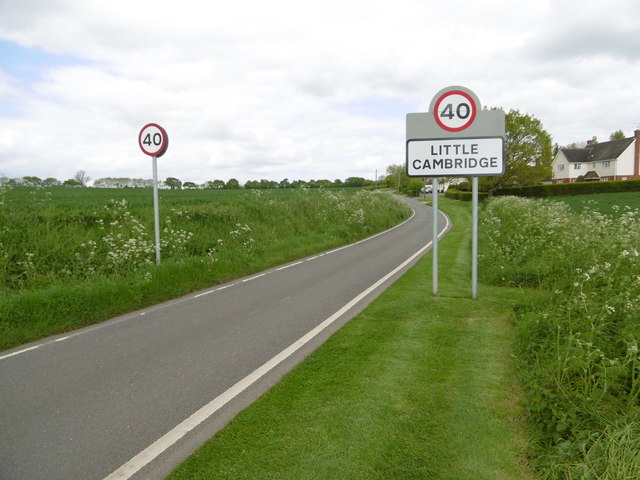
Gallows Wood is a picturesque woodland located in the county of Essex, England. This tranquil forest spans an area of approximately 50 acres and is situated just south of the village of Coggeshall. It is known for its diverse range of flora and fauna, making it a popular destination for nature enthusiasts and hikers alike.
The woodland is predominantly composed of native broadleaf trees, such as oak, beech, and birch, which create a dense canopy that provides shade and shelter throughout the year. This lush environment supports a wide variety of wildlife, including deer, foxes, badgers, and a plethora of bird species.
Visitors to Gallows Wood can explore its numerous walking trails, which wind their way through the forest, leading to hidden clearings and secluded spots. These paths are well-maintained, ensuring a pleasant and safe experience for all visitors. The wood also features several picnic areas, allowing visitors to relax and enjoy the natural beauty of their surroundings.
In addition to its natural attractions, Gallows Wood holds historical significance. The name "Gallows Wood" originates from the gallows that once stood on the edge of the forest, where public executions took place centuries ago. While the gallows are long gone, the wood retains a sense of mystery and intrigue, with stories and folklore surrounding its past.
Overall, Gallows Wood offers a tranquil escape from the hustle and bustle of everyday life. Whether you are seeking a peaceful walk, a chance to reconnect with nature, or an exploration of local history, this beautiful woodland provides a serene and captivating experience for all who visit.
If you have any feedback on the listing, please let us know in the comments section below.
Gallows Wood Images
Images are sourced within 2km of 51.91953/0.37373931 or Grid Reference TL6327. Thanks to Geograph Open Source API. All images are credited.
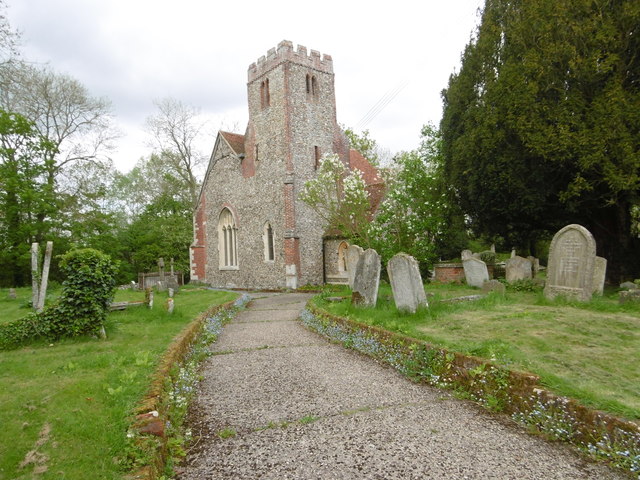
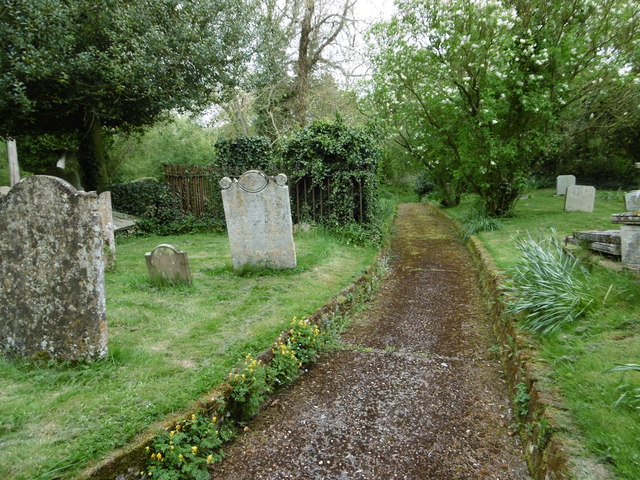
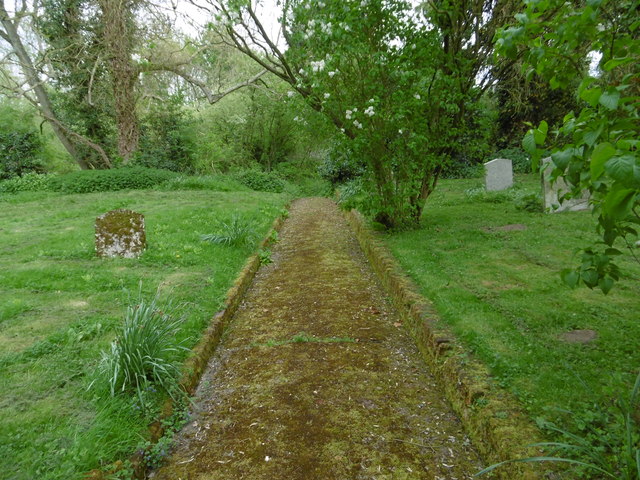
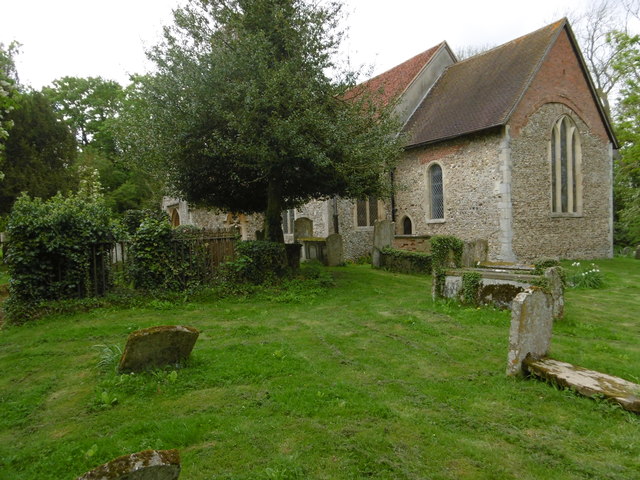
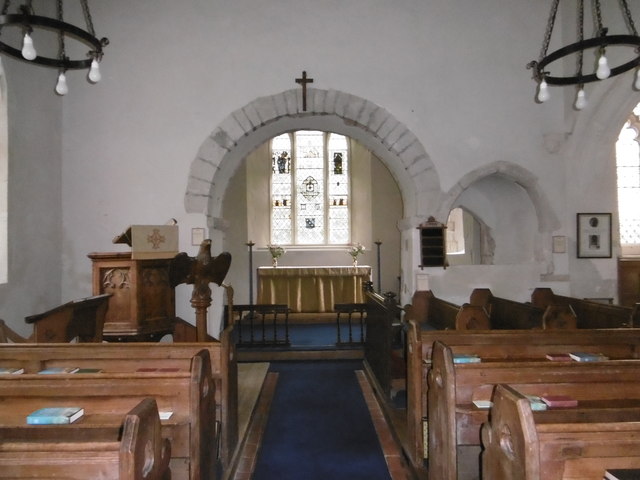

Gallows Wood is located at Grid Ref: TL6327 (Lat: 51.91953, Lng: 0.37373931)
Administrative County: Essex
District: Uttlesford
Police Authority: Essex
What 3 Words
///unspoiled.list.remission. Near Thaxted, Essex
Nearby Locations
Related Wikis
Lindsell
Lindsell is a village and civil parish in the district of Uttlesford in the county of Essex, England. Nearby settlements include the parish hamlets of...
Holder's Green
Holder's Green is a hamlet near the village of Lindsell, in the Uttlesford district of Essex, England. The hamlet is the site of the Essex Wildlife Trust...
Bustard Green
Bustard Green is a hamlet in the civil parish of Lindsell, and the Uttlesford district of Essex, England, and is just under 1 mile (2 km) north from the...
Richmond's Green
Richmond's Green or Richmonds Green is a hamlet in the civil parish of Thaxted, and the Uttlesford district of Essex, England. It is 1.5 miles (2 km) miles...
Monk Street
Monk Street is a hamlet in the civil parish of Thaxted, in the Uttlesford district of Essex, England. It is 1.5 miles (2.4 km) south of the town of Thaxted...
Bardfield End Green
Bardfield End Green is a hamlet in the Uttlesford district of Essex, England approximately one mile east of Thaxted. It is the home of Thaxted cricket...
Tilty
Tilty or Tylsey is a village and a civil parish in the Uttlesford district, in the county of Essex, England. In 2001 the population of the civil parish...
Tilty Abbey
Tilty Abbey was a Cistercian abbey in Tilty, Essex, England. It was dissolved 3 March 1536. The chapel, with a nave built circa 1220, became a parish church...
Nearby Amenities
Located within 500m of 51.91953,0.37373931Have you been to Gallows Wood?
Leave your review of Gallows Wood below (or comments, questions and feedback).
